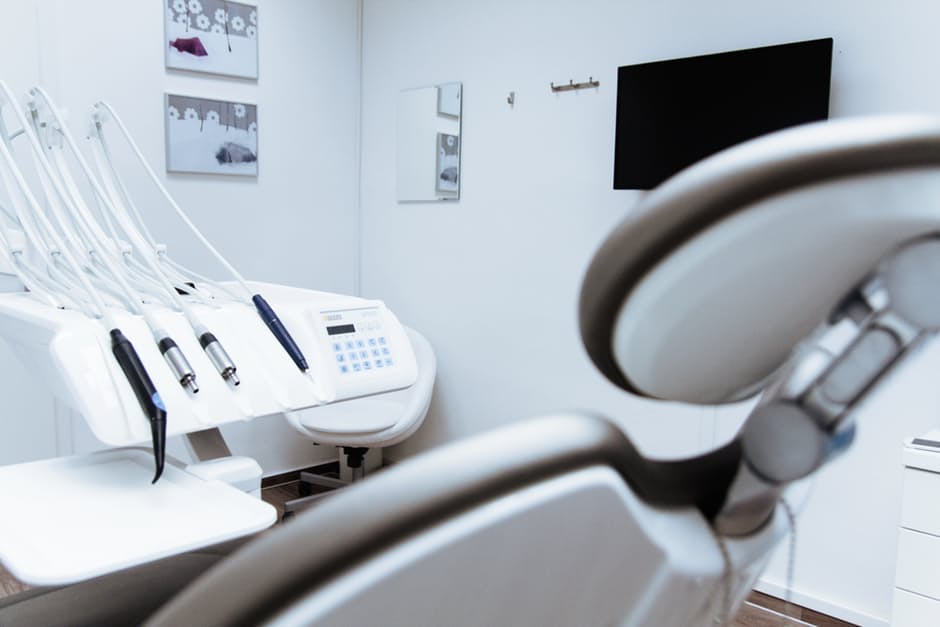The evolution of the Internet of Things (IoT) is the most disruptive change faced by the human race in the last century. The impact of this technology is gargantuan and obvious in every field including the healthcare. Most of the industry leaders and innovators are looking to resolve the complicated procedures of health industry through simplified solutions of IoT.
As per Gartner’s prediction, more than 6 billion devices will gain access to IoT by the end of 2016. It includes 5.5 million new devices getting connected per day. These devices include sensors, wearables, and medical devices.
Convergence of IoT in Healthcare Landscape
To understand the impact of this convergence, we need to look at the latest technological trends affecting this industry in the longer term. The idea of connected health revolves around the improvements required in healthcare delivery. It goes beyond the tele-health or mobile-health solutions. Rather, it relies on the proliferation of a new class of connected devices. Internet of Things can bring absolute changes in the quality of health care by making critical data accessible in real-time to the medical care staff.
When combined with Big Data, it can offer valuable insights for enabling disease control and preventive measures. It works with devices that track real-time health data, detects health indicators, and facilitates automated use of therapies. In this regard, the increasing usage of tracking devices and health apps can be considered as the preliminary parameters.
The Future Prospects
As a matter of fact, Internet of Things can be instrumental in forestalling any health crisis by detecting the patient’s health remotely. It can ensure holistic health care through preventive measures and seamless access to the daily routine of patients. However, there is a huge vacuum existing in this industry. Its IT Infrastructure is still in a premature stage with a massive database lying unprocessed, unorganized, and unanalyzed within the organizations. This data overwhelms the clinicians because it is presented in a format that is hard to understand for them. This data must be seamlessly integrated into their EHR systems to facilitate its easy accessibility and processing.
The Main Challenges
The use of IoT in the healthcare industry can be explained as challenging due to many reasons. The IT developers have created apps and devices generating real-time data, but they primarily lack on the front of their user interface. The quality of apps is marred by data syncing issues, improper analytics, and redundant features. The study conducted by” IMS Institute of Health Informatics stated that out of 165,000 mobile health-related apps, only 2% can connect the patient’s device to the health provider’s system”.
Despite the growing popularity of internet-connected devices and apps, the clinicians find most of the information unnecessary for making decisions. In a Deloitte survey, they find health data as a stack of redundant data in spite of having clinical values. It is hard to analyze the data collected through connected health programs. It creates hassles in observations regarding the patient’s health. The data sources are disparately scattered and their formats are unsuitable for studying. Also, there are interoperability issues hounding the organizations.
The growing use of IoT and wearables in the healthcare industry has raised serious concerns about data security and privacy. The data is stored primarily on cloud-based servers and organizations are extremely wary of its vulnerability. Also, it poses privacy threats when personal data generated by patients are used at enterprise levels. In this regard, there are legal restrictions on disclosure and improper use of this data. More than 48% organizations have adopted IoT in their daily operations and two-thirds of them have implemented them on unsecured networks.
The Solutions
Although the health IT infrastructure is not currently ready for this revolutionary technology, yet it has huge potential to do so. The organizations should assess their existing EHR systems and prepare them for integration of IoT. Also, they need to upgrade their wireless networking systems for accommodating the increasing number of connected devices. The security of guest networks is also a primary concern needed to be resolved.
Using the data standards can also facilitate in the proper remote monitoring of chronic diseases, management of patient health and predictive health analysis. An encouragement to sustained engagement between the patients and health providers will further bring a behavioral change leading to better outcomes.
As per an estimate made by Intel, the organizations can save up to $63 billion within the first 15 years by embracing IoT in their systems. It will grow exponentially and ignite higher cost reduction over the period of time. But, the health industry must develop and embrace the capabilities required to leverage this technology effectively





Outstanding quest there. What occurred after?
Take care!
This sends the shock of impact up the legs and in the shins, knees, hips, and back.
Looking on the footwear they’re worth realise how the shoes are anything aside from performance sports trainers. You can see the influence of technology, gaming along with the internet in their selection of hip hop jewelry which is made up of Super Mario stars, skateboards and soft ice cream cones.
One of the reasons because of this is because were designed by women especially for women. So, prepare to lead an opulent life-style without disturbing your daily routine and obtain an accumulation exclusive jewelry sets for you, within no time.
Nobody knows how long something continues to be sought after and desired through the masses, but one thing is for certain: the giraffe purse continue to dominate the purse market to the foreseeable future.
You made some decent points there. I checked on the internet
for more info about the issue and found most people
will go along with your views on this website.